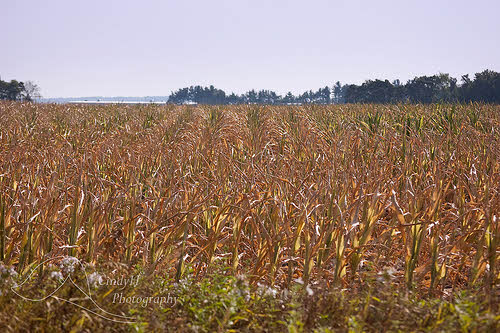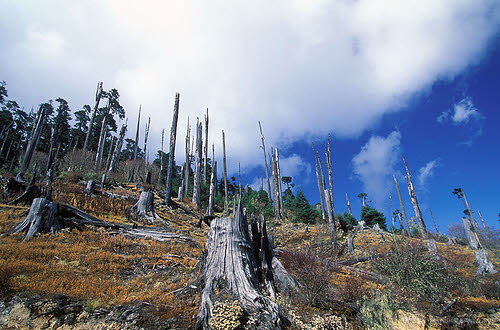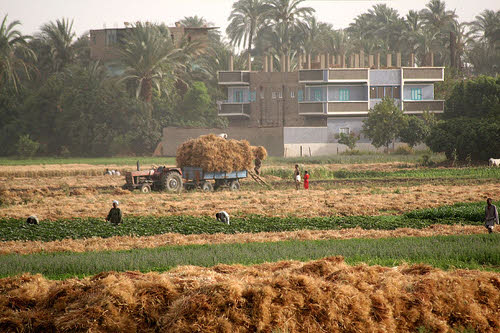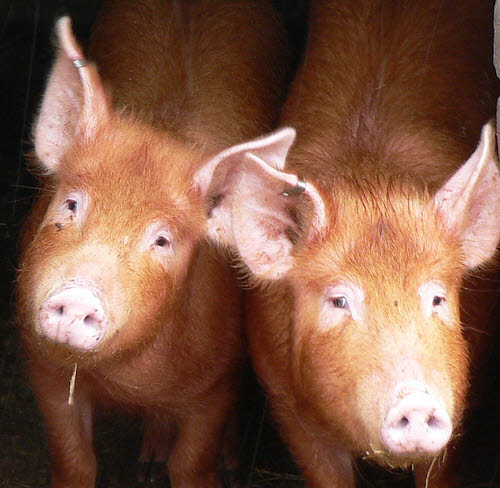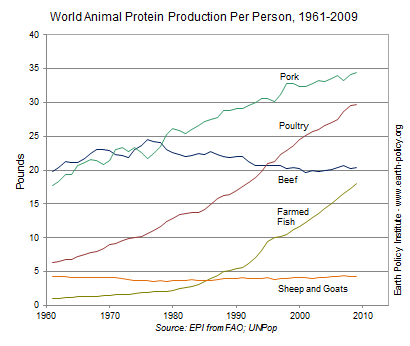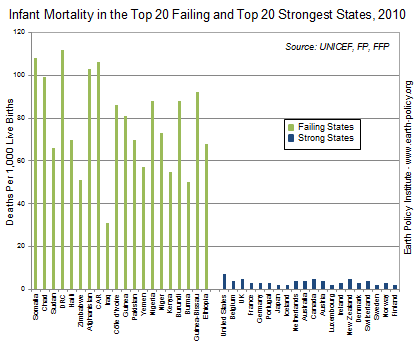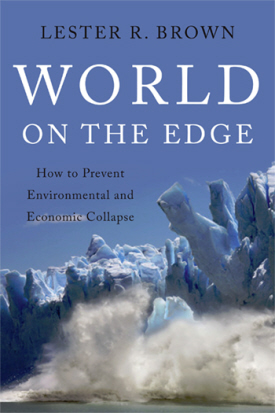Please note: Earth Policy Institute provided me with a free review copy of Breaking New Ground. I’ve been reading Lester Brown’s work for about ten years now, and in the [ … ]
Tag: earth policy institute
World Forest Area Still on the Decline
Forests provide many important goods, such as timber and paper. They also supply essential services—for example, they filter water, control water runoff, protect soil, regulate climate, cycle and store nutrients, and provide habitat for countless animal species and space for recreation. Human demand for their products, though, keeps them in a state of decline globally.
World in Serious Trouble on Food Front
The world was hoping for a good U.S. harvest to replenish dangerously low grain stocks; this is no longer in the cards because of this Summer’s extreme weather. World carryover stocks of grain will fall further at the end of this crop year, making the food situation even more precarious. Food prices, already elevated, will follow the price of corn upward, quite possibly to record highs.
Economic Sustainability: Two Views to Our Future
No previous civilization has survived the ongoing destruction of its natural supports. Nor will ours.
Hydropower Continues Steady Growth
World hydroelectric power generation has risen steadily by an average 3 percent annually over the past four decades. In 2011, at 3,500 billion kilowatt-hours, hydroelectricity accounted for roughly 16 percent of global electricity generation, almost all produced by the world’s 45,000-plus large dams. Today hydropower is generated in over 160 countries.
Redefining Security for the 21st Century
The situation in which we find ourselves pushes us to redefine security in twenty-first century terms. The time when military forces were the prime threat to security has faded into the past. The threats now are climate volatility, spreading water shortages, continuing population growth, spreading hunger, and failing states. The challenge is to devise new fiscal priorities that match these new security threats.
Fukushima Meltdown Hastens Decline of Nuclear Power
With the world’s fleet of reactors aging, and with new plants suffering construction delays and cost increases, it is possible that world nuclear electricity generation has peaked and begun a long-term decline.
Arab Grain Imports Rising Rapidly
The Arab countries in the Middle East and North Africa make up only 5 percent of the world’s population, yet they take in more than 20 percent of the world’s grain exports. Imports to the region have jumped from 30 million tons of grain in 1990 to nearly 70 million tons in 2011. Now imported grain accounts for nearly 60 percent of regional grain consumption. With water scarce, arable land limited, and production stagnating, grain imports are likely to continue rising.
Meat Consumption in China Now Double That in the United States
More than a quarter of all the meat produced worldwide is now eaten in China, and the country’s 1.35 billion people are hungry for more. In 1978, China’s meat consumption of 8 million tons was one third the U.S. consumption of 24 million tons. But by 1992, China had overtaken the United States as the world’s leading meat consumer—-and it has not looked back since.
Rising Meat Consumption Takes Big Bite out of Grain Harvest
World consumption of animal protein is everywhere on the rise. Meat consumption increased from 44 million tons in 1950 to 284 million tons in 2009, more than doubling annual consumption [ … ]
Demographics Loom Large in State Failure
After a half-century of forming new states from former colonies and from the breakup of the Soviet Union, the international community is today faced with the opposite situation: the disintegration [ … ]
World One Poor Harvest Away From Chaos
By Lester R. Brown In early January, the U.N. Food and Agriculture Organization (FAO) reported that its Food Price Index had reached an all-time high in December, exceeding the previous [ … ]
Lester Brown’s World on the Edge: Mobilizing against Collapse
For a number of years, we’ve used the Apollo project as metaphor for the kinds of transformation we need to create in terms of our energy and resource use. It’s [ … ]



